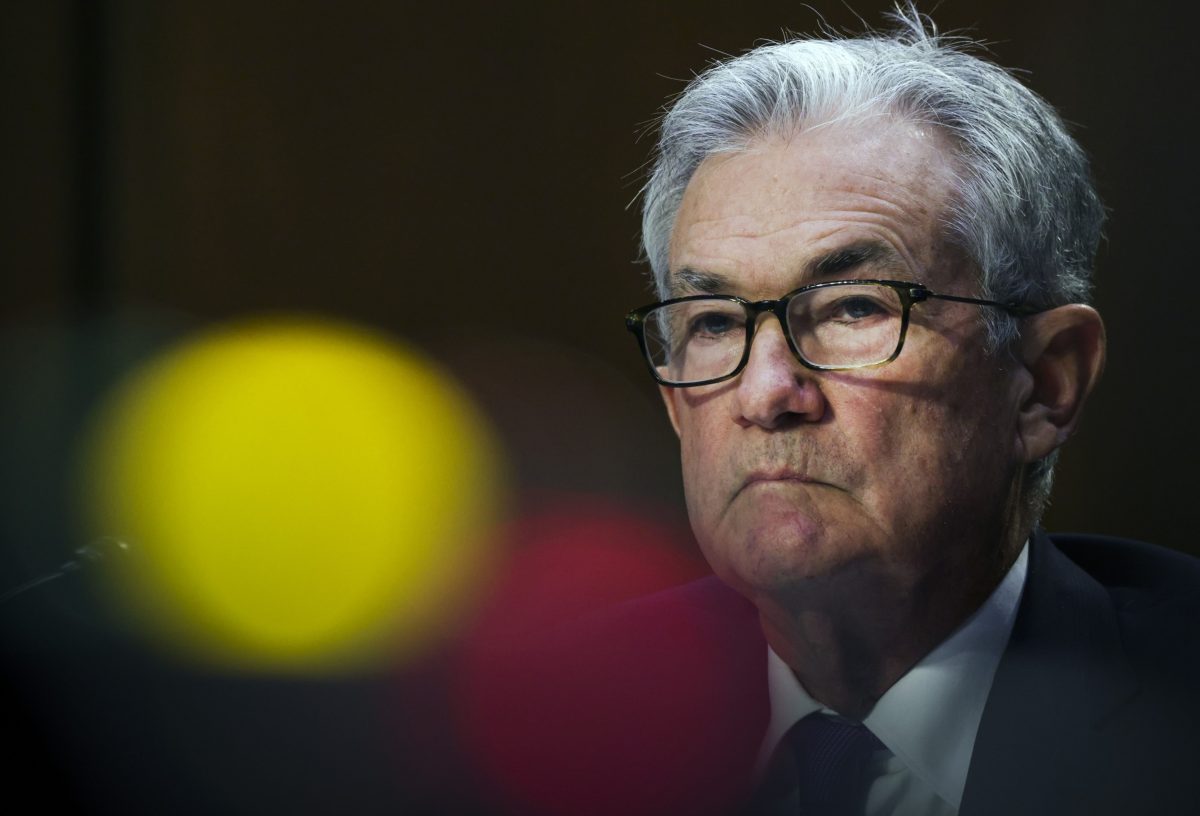Wall Street economists are telling investors to brace for the biggest tightening of monetary policy in more than a decade.
With the world economy heading into its strongest period since 2011, Citigroup Inc. and JPMorgan Chase & Co. predict average interest rates across advanced economies will climb to at least 1% next year in what would be the largest increase since 2006.
As for the quantitative easing that marks its 10th anniversary in the U.S. next year, Bloomberg Economics predicts net asset purchases by the main central banks will fall to a monthly $18 billion at the end of 2018, from $126 billion in September, and turn negative during the first half of 2019.
That reflects an increasingly synchronized global expansion finally strong enough to spur inflation, albeit modestly. The test for policy makers, including incoming Federal Reserve Chair Jerome Powell, will be whether they can continue pulling back without derailing demand or rocking asset markets.
“2018 is the year when we have true tightening,” said Ebrahim Rahbari, director of global economics at Citigroup in New York. “We will continue on the current path where financial markets can deal quite well with monetary policy but perhaps later in the year, or in 2019, monetary policy will become one of the complicating factors.”
A clearer picture should form this week when the Norges Bank, the Fed, the Bank of England (BOE), the European Central Bank (ECB), and the Swiss National Bank (SNB) announce their final policy decisions of 2017. They collectively set borrowing costs for more than a third of the world economy. At least 10 other central banks also deliver decisions this week.
The Fed will dominate the headlines on Wednesday amid predictions it will raise its benchmark by a quarter of a percentage point. Outgoing chair Janet Yellen is set to signal more increases to come in 2018. On Thursday, the SNB, BOE, and ECB will make decisions in quick succession, although each is forecast to keep rates on hold.
There will likely be more activity next year, as Citigroup estimates the advanced world's average rate will reach its highest since 2008, climbing 0.4 percentage point to 1 percent. JPMorgan projects its gauge to rise to 1.2 percent, a jump of more than half a percentage point from 0.68 percent at the end of this year.
Citigroup expects the Fed and its Canadian peer to move three times and the U.K., Australia, New Zealand, Sweden, and Norway once. JPMorgan is forecasting the U.S. will shift four times. The latest Bloomberg survey also showed three Fed hikes in 2018 but moved one of them forward to March from June.
Behind the shift are expectations that the world economy will expand around 4 percent next year, the best since a post-recession bounce in 2011. Among the accelerators: falling unemployment, stronger trade, and business spending, as well as a likely tax cut in the U.S.
The International Monetary Fund predicts consumer prices in advanced economies will climb 1.7 percent next year, the most since 2012, although it remains below the 2 percent most central banks view as price stability.
The global tightening will still leave rates low by historical standards, and central banks may ultimately hold fire if inflation stays weak. Neither the ECB nor the BOJ are currently expected to lift their benchmarks next year.
Past and ongoing bond buying will cushion the withdrawal of stimulus elsewhere, as will easing by some emerging market central banks. Russia and Colombia may follow Brazil this week in cutting their benchmarks.
While BOE Governor Mark Carney and ECB President Mario Draghi pivoted away from easy money without roiling financial markets, the calm may not last. The Bank for International Settlements warned this month that policy makers risk lulling investors into a false sense of security that elevates the risk of a correction in bond yields.
From: Bloomberg
Complete your profile to continue reading and get FREE access to Treasury & Risk, part of your ALM digital membership.
Your access to unlimited Treasury & Risk content isn’t changing.
Once you are an ALM digital member, you’ll receive:
- Thought leadership on regulatory changes, economic trends, corporate success stories, and tactical solutions for treasurers, CFOs, risk managers, controllers, and other finance professionals
- Informative weekly newsletter featuring news, analysis, real-world case studies, and other critical content
- Educational webcasts, white papers, and ebooks from industry thought leaders
- Critical coverage of the employee benefits and financial advisory markets on our other ALM sites, PropertyCasualty360 and ThinkAdvisor
Already have an account? Sign In Now
*May exclude premium content© 2025 ALM Global, LLC, All Rights Reserved. Request academic re-use from www.copyright.com. All other uses, submit a request to [email protected]. For more information visit Asset & Logo Licensing.





